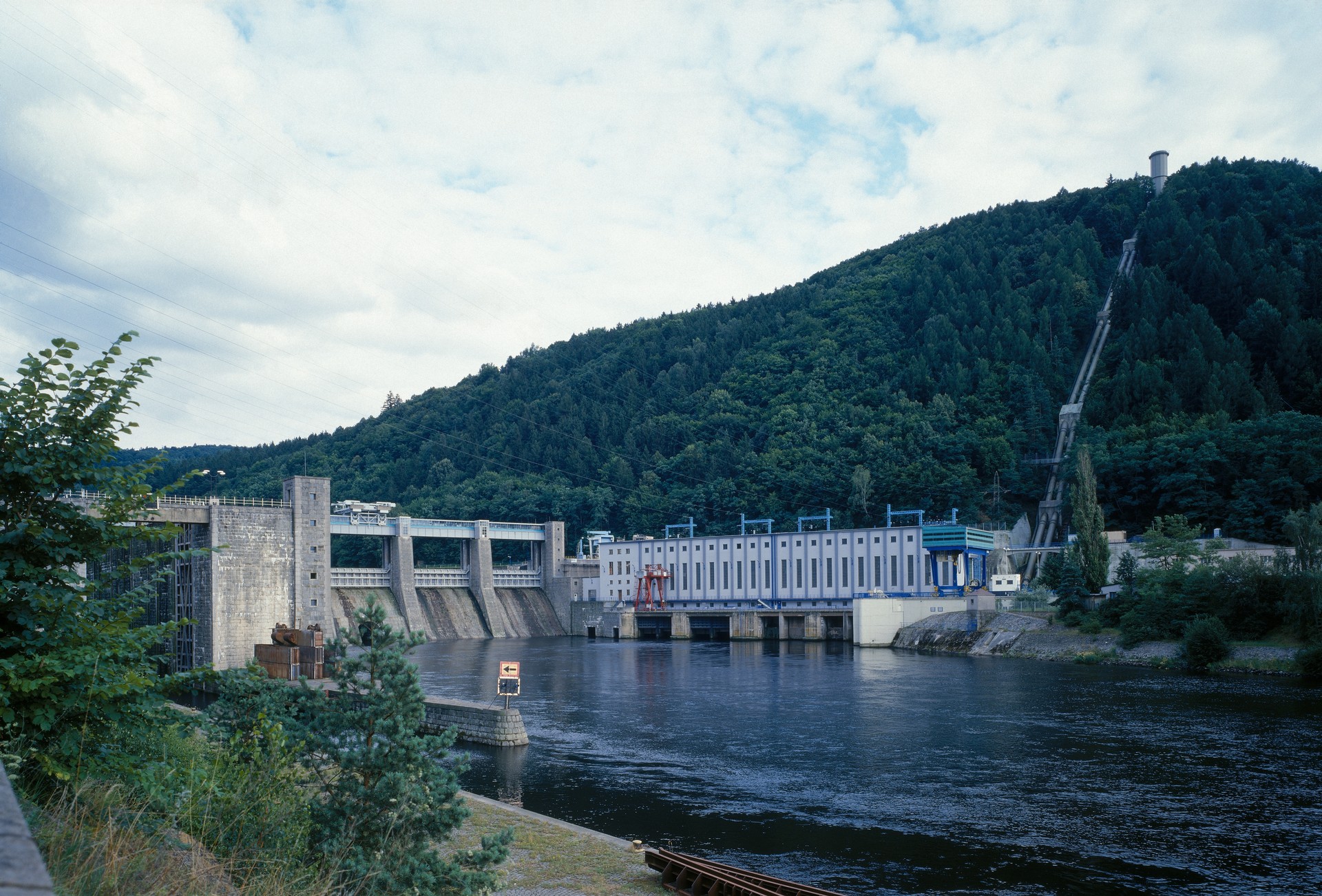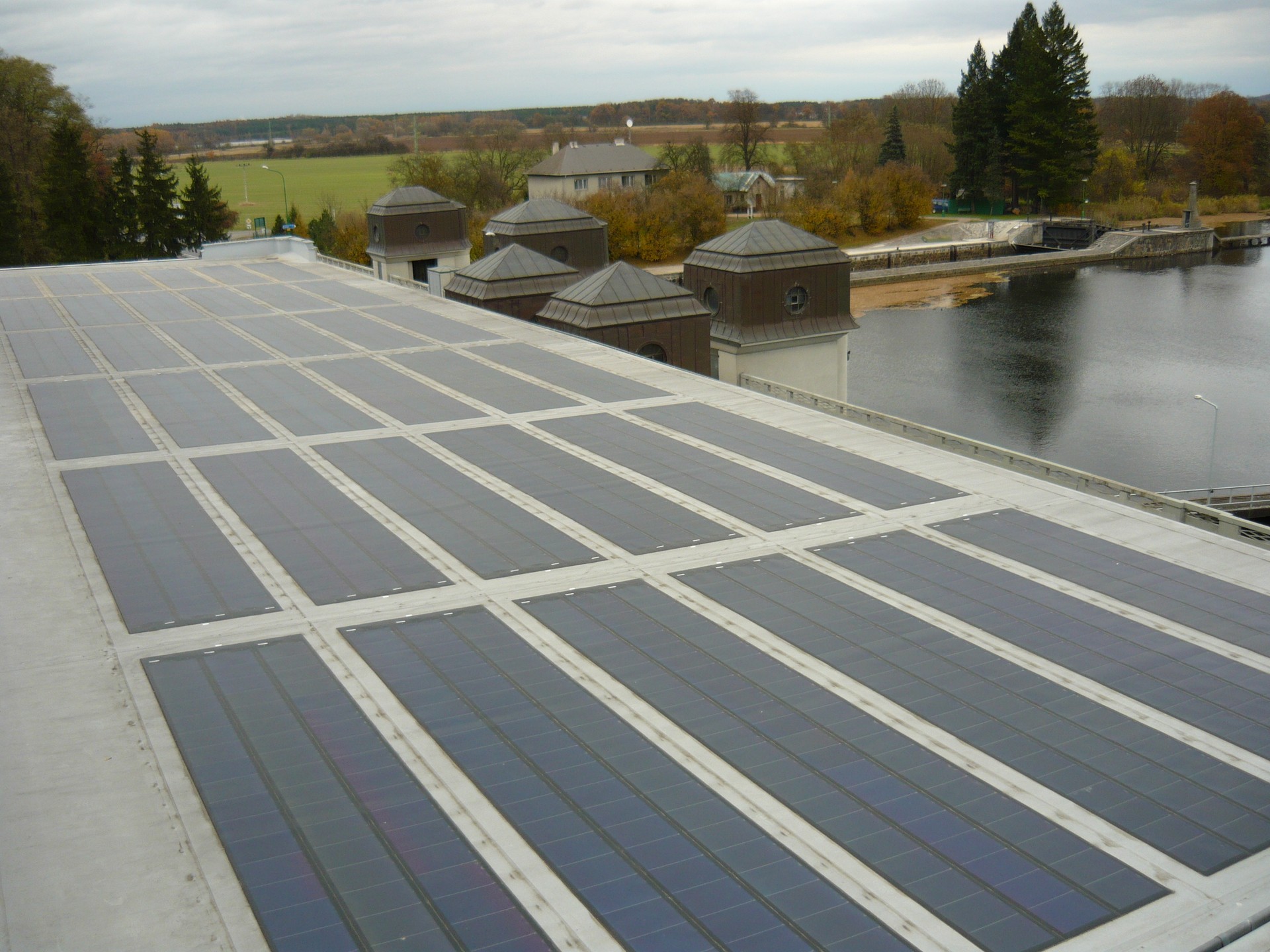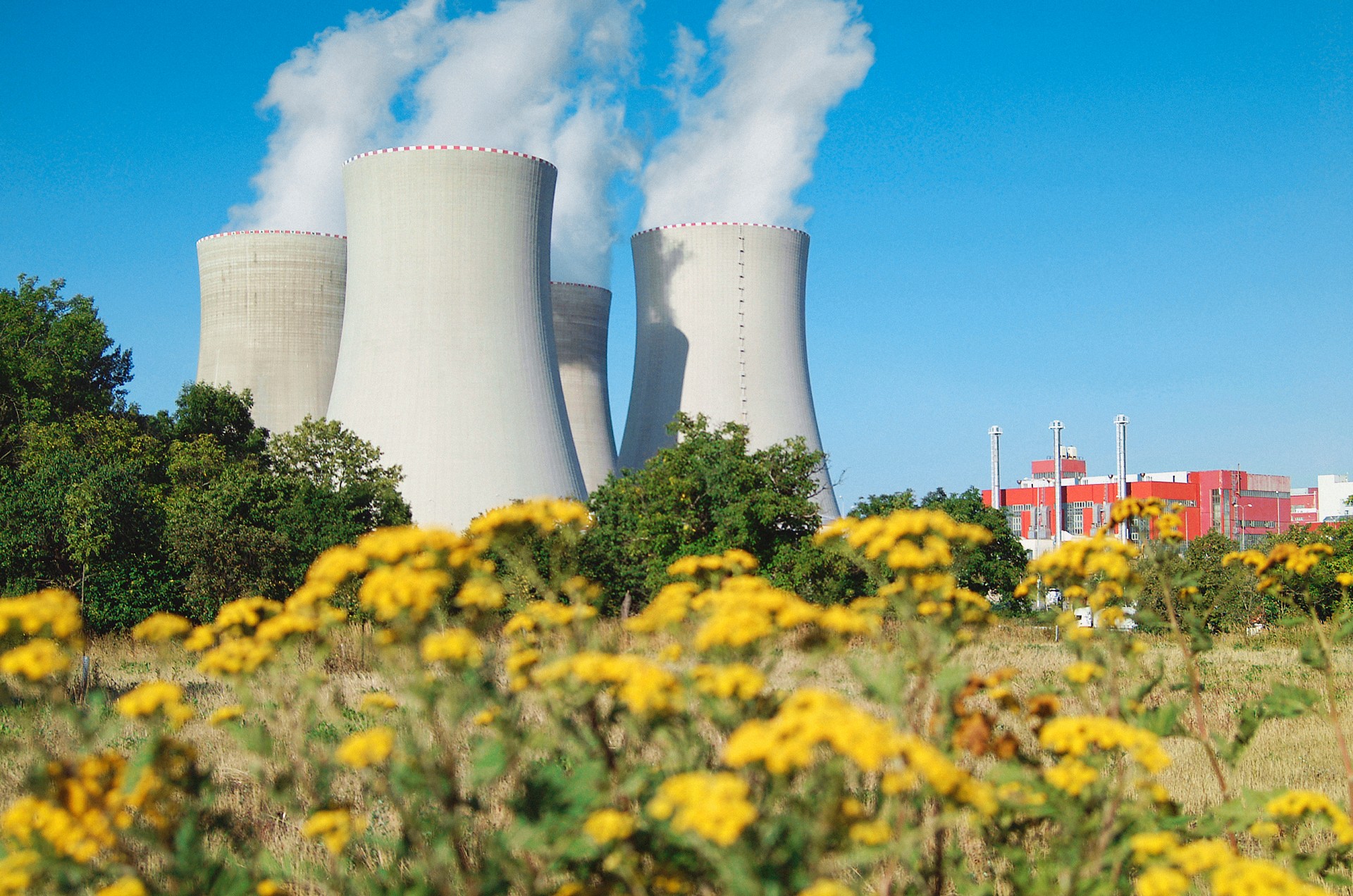Energy generation

 Hydropower
Hydropower
Hydroelectric power plants produce a significant proportion of the renewable energies that CEZ generates. Energy production from hydropower is interesting for the company for various reasons, in particular from an energy management and ecological point of view: Depending on consumption, energy generation can be regulated flexibly and sufficient energy is available at peak times. Pumped storage plants also enable the efficient use of electricity generated by less flexible energy sources in times of low consumption.
In the Czech Republic and Turkey, CEZ has around 40 hydropower plants with a total installed capacity of 2,267 MW (97% large hydropower plants).
Czech Republic
All major hydropower plants, with the exception of Dalesice and Dlouhe strane, are located on the banks of the Vltava, where they form a cascade. Their total installed capacity is more than 1,900 MW.
3 pumped storage power plants: 1,170 MW
25 small hydropower plants: 67.7 MW
7 storage power plants: 742.9 MW
Turkey
7 hydropower plants: 288.9 MW
 Solar power
Solar power
There is practically no limit to the amount of solar energy available, electricity is generated in a way that protects the climate, and the solar systems are quickly and easily installed and connected to the grid.
CEZ currently operates 25 power plants with a total installed capacity of 191 MW in the Czech Republic, Germany, northern Italy and Austria.
Biomass and biogas
Biomass plants can generate electricity according to demand, deliver energy in times of high demand and in particular compensate for fluctuations on the electricity markets and in the grids.
In the Czech Republic, the total output for biomass is 100 MW.
 Wind power
Wind power
Onshore wind energy is the driving force of renewable energies, which is becoming increasingly important for the future. Wind is permanently available in suitable places, the actually used area by wind turbines is small and the investment costs decrease steadily. CEZ has more than 15 wind farms located in the Czech Republic, germany and France, with a total installed capacity of almost 170 MW.
Germany
The CEZ Group currently has more than 10 wind farms in Germany with a total installed capacity of just under 156 MW.
The wind turbines generated more than 317 million kWh of environmentally friendly electricity in the 2023 and were able to meet the annual requirements of 120,000 German households.
CEZ is currently concentrating on its role as a reliable partner and co-developer for projects in various development phases. With its qualified employees and many years of experience, CEZ is always prepared for tenders for wind energy projects.
France
In the spring of 2023, the wind farm in Aschères-le-Marché was the first to start operating. Four wind turbines have a total capacity of 12 MW and will produce around 33 GWh of emission-free energy per year. Another completed project in France is the Neuville-aux-Bois wind farm, located less than three kilometers from the aforementioned wind farm. The five wind turbines have a total installed capacity of 15 MW. In July 2024, wind turbines in the Nueil-sous-Faye project began generating clean electricity. The four turbines have a total installed capacity of 11.1 MW. In November 2024, CEZ Group commissioned the La Piballe project in the west of the country. Three wind turbines from Nordex have a total installed capacity of 7.2 MW.
 Nuclear power plants
Nuclear power plants
The peaceful use of nuclear energy has become a natural part of the energy mix in a number of developed countries across the world. The Czech Republic is among them. Regardless of the type of reactor chosen, nuclear power plants have a major impact on economic development in the future. In the global context, there is no better energy source that meets the growing energy demand without contributing to environmental degradation.
To ensure security of supply and support low-emission technologies, CEZ operates two nuclear power plants in the Czech Republic. The Temelín nuclear power plant produces electricity in two pressurized water reactors, four pressurized water reactors are installed in the Dukovany nuclear power plant, each reactor has an electrical output of 510 MW. Thanks to this, millions of tons of greenhouse gases are not released into the atmosphere and brown coal is saved for chemical processes and heating.
Both nuclear plants had passed a series of stress tests, demostrating their resistance to extreme natural influences and the capacity to withstand even very grave situations without threatening their surrounding areas. Based on the experience and lessons of the Fukushima nuclear power plant accident, certain requirements were identified for further increasing the resistance of nuclear power plants, particularly in conjunction with extreme natural phenomena. These requirements have been gradually implemented. Nevertheless, we will continue to improve the plants because safety has always been, and always will be, our first priority.
The safety of the nuclear power plant´s is achieved by the design safety and the power plant’s operational culture level, which includes qualified personnel, quality documentation, use of operating experience, technical control, protection against radiation, fire safety, etc.
Czech Republic
2 nuclear power plants: 4290 MW
 Conventional power plants
Conventional power plants
A diversified portfolio of power plants (renewable energy sources, gas and steam combined cycle power plants, nuclear and coal power) enables a quick operational response to the needs in the electricity market, which means that CEZ can offer customers reliable and demand-oriented services.
The long-term goal of CEZ is to generate electricity neutral to carbon by 2050. In the near future, coal combustion will take on the role of a stabilizing element of the energy system. Renewable energy sources and decentralized production will play the most important role in this system.
With its goals, CEZ is following the decisions of the United Nations Climate Change Conference in Paris (COP 21) to reduce CO2 emissions by 46% by 2020 compared to 2001.
Combined gas and steam power plants
The CEZ Group sees the diversification of power sources as central. That is why CEZ is committed to the planning and implementation of new, highly efficient gas and steam combined cycle power plants. The company operates the Počerady combined cycle power plant in Czech Republic with an efficiency of 58.3% and a total output of 845 MW and in Turkey the Egemer combined cycle power plant (output 872 MW, efficiency 57.9%).
Coal-fired power plants
The energy sector will experience strong decentralization in the future, which is largely based on renewable sources. In the medium term, however, there is a strong need for a smooth transition. In order to guarantee security of supply, a considerable part of the conventional power plants is also required. CEZ is certain that electricity generation from coal will be dispensed with in the future, but the lignite-fired power plants will have to remain in operation as a bridge technology for the time being.
To live up to the promise of CO2 reduction, CEZ plans to decommission older lignite-fired power plants in the coming years, but by 2025 at the latest. This will lead to a reduction in CO2 emissions of around 40 percent, while 70 percent of energy generation can be maintained. By 2040 and 2050, the recently modernized power plants in Tušimice, Prunéřov and Ledvice and the heat generation systems will continue to be operated with the greatest possible efficiency.
Gradual lignite exit
Within the Czech lignite division, CEZ is gradually reducing the carbon intensity significantly, in line with the Czech energy strategy.
The Czech energy strategy defines the plan for phasing out lignite. In addition to the current mining operations, this also includes the lifespan of existing power plants and their remaining term. No new lignite-fired power plants are planned in the national energy strategy. This is the result of discussions with all important interest groups and forms a solid basis for long-term investment decisions, answers to social questions and environmental measures.
The eleven conventional power plants in the Czech Republic are located in the immediate vicinity of the coalfields in the north and northwest of Bohemia. CEZ receives almost all fuels from Severočeské doly in Northern Bohemia, which belongs to the CEZ Group. To minimize the negative effects of coal production on the environment and the population, CEZ invests in dust and noise protection. In many coal-fired power plants, biomass is also burned together with coal. For CEZ, responsible brown coal open-cast mining goes hand in hand with the recultivation of decommissioned open-cast mines. CEZ relies on its many years of experience.
CEZ is responsible for the preparation and implementation of the new and highly efficient Ledvice power plant and plans to connect a block with an efficiency of 42.5% and 660 MW to the grid.
Czech Republic
lignite or hard coal power plants and thermal power plants: 4,322 MW